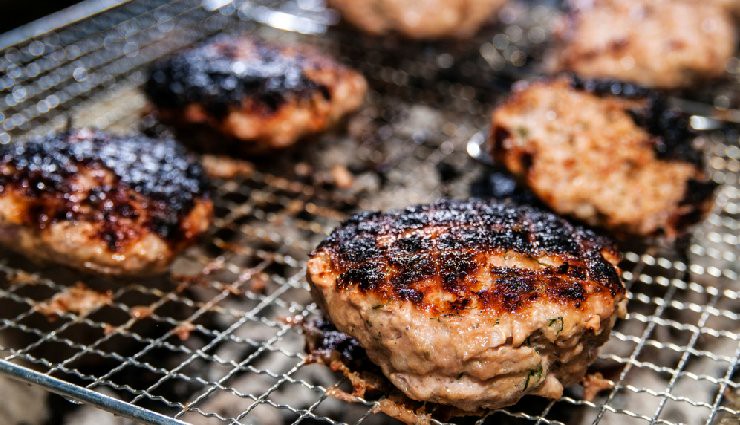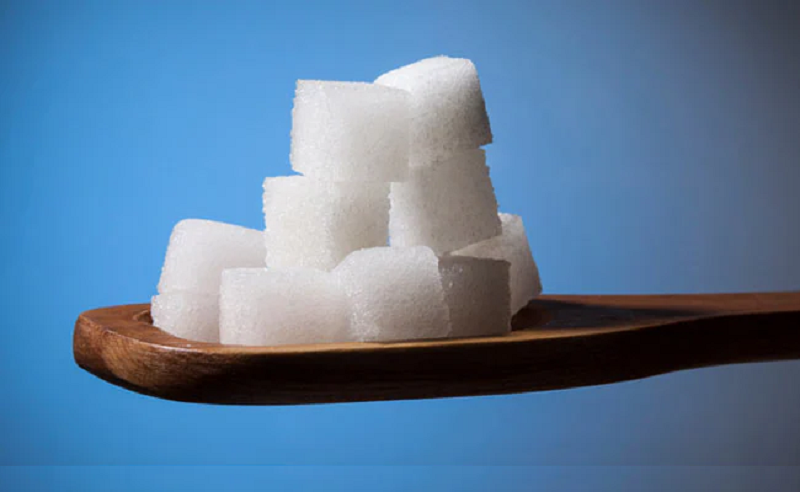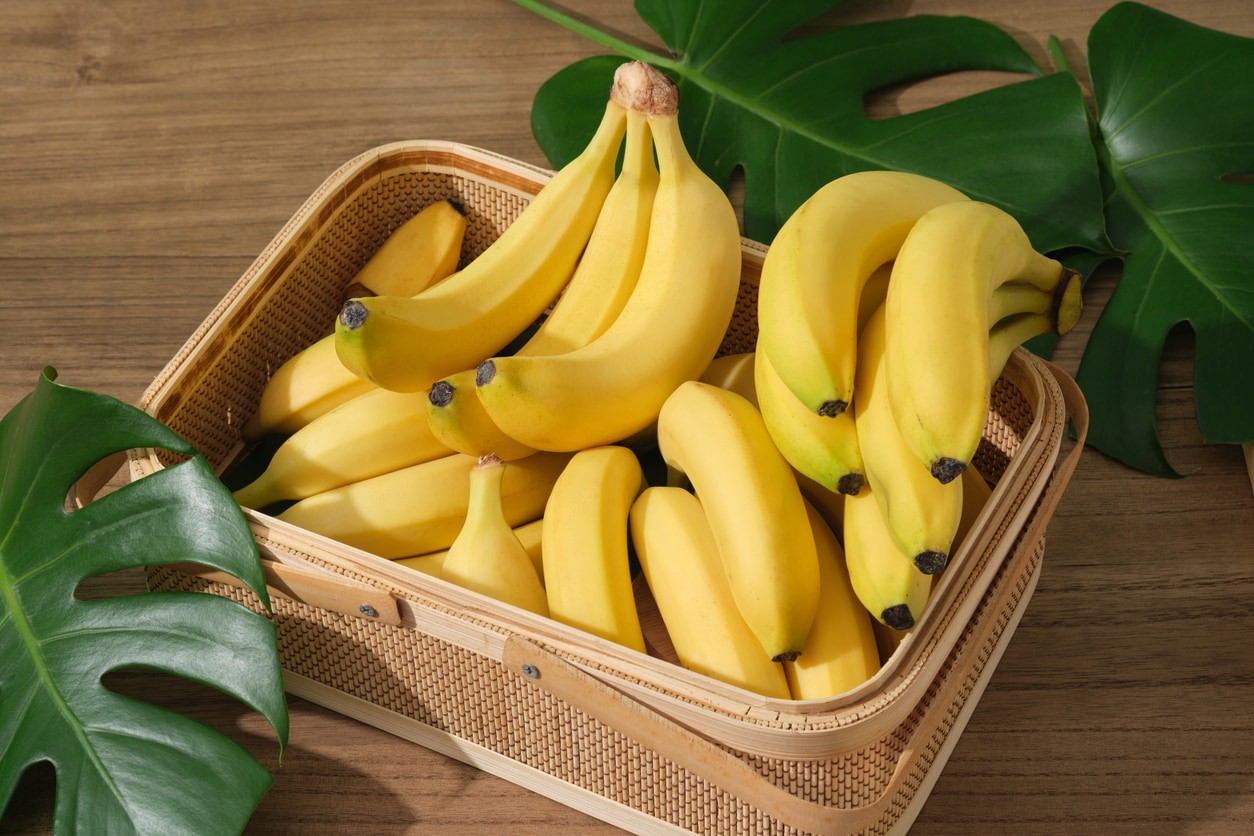Fats get a lot of flak in the nutrition world, but they’re actually a big deal for a healthy diet. Your body needs fat every day for energy and to help absorb certain vitamins and minerals.
Plus, they play a role in cell growth, protect your nerves, and form a cushion around your organs. Fats also come into play with things like blood clotting, muscle movement, and even inflammation control. Chemically, all fats are made up of carbon and hydrogen atoms, but the difference lies in how they’re structured. The length of the fat chain and the number of hydrogen atoms determine how they act. One thing’s for sure, though-all fats pack a punch, providing 9 calories per gram. And just like carbs and protein, any extra fat you don’t burn off gets stored in your body as, well, fat. Understanding the different types of fats and how they affect your health can help you make smarter choices. So, let’s break it down: the good, the bad, and the ugly of fats.
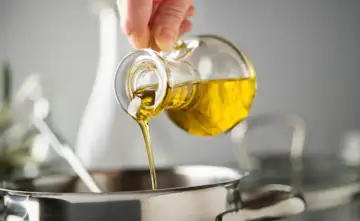 Photo Credit: iStock
Photo Credit: iStock
What Are Good Fats?
1. Unsaturated Fats
These are the MVPs when it comes to fats. They’re liquid at room temp and help lower cholesterol, reduce inflammation, and keep your heart in check. You’ll find these mostly in plant-based foods.
2. Monounsaturated Fats
Found in olive oil, peanut oil, avocados, and nuts like almonds and pecans. Seeds like pumpkin and sesame are also great sources.
3. Polyunsaturated Fats
Think sunflower, corn, and flaxseed oils. Walnuts, flax seeds, fish, and even canola oil (which has both mono and polyunsaturated fats) are good picks.
4. Omega-3 Fats
These are especially great for heart health and can lower the risk of chronic diseases like heart disease. Since our body doesn’t produce omega-3s, it’s super important to get them from your diet.
 Photo Credit: iStock
Photo Credit: iStock
What Are Unhealthy Fats?
1. Saturated Fats
These guys are solid at room temp. Every food with fat contains some level of saturated fats. They mostly come from animal products, but certain plant foods like coconut oil and ghee also have them. While too much saturated fat can raise bad cholesterol (LDL) and apolipoprotein B (Apo B), eating them in moderation, around 6-7% of your total fat intake, is okay-just be mindful of where it’s coming from.
2. Trans Fats
These are the bad boys hiding in processed foods like baked goods and margarine. Trans fats raise your LDL (bad cholesterol) and lower HDL (good cholesterol), upping your risk for heart disease. They’re also linked to inflammation, insulin resistance, and type 2 diabetes. Not good.
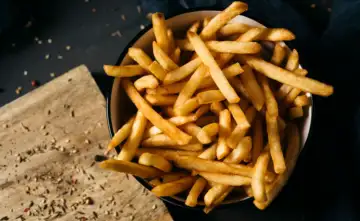 Photo Credit: iStock
Photo Credit: iStock
What Are Worst Kinds Of Fats?
- Hydrogenated Oils: These are a major source of trans fats, used to make processed foods last longer, but they come with serious health risks. Hydrogenated oils contribute to plaque buildup in your arteries, which can lead to heart disease, stroke, and type 2 diabetes.
Tips For A Healthier Fat Intake:
- Choose Healthy Fats: Load up on nuts, seeds, fish, and olive oil.
- Limit Saturated Fats: Cut back on red meat, butter, and high-fat dairy. Opt for lean meats and low-fat dairy instead.
- Avoid Trans Fats: Read labels and avoid anything with “partially hydrogenated oils.”
- Balance It Out: Make sure you’re getting a good mix of fats, but always in moderation.
 Photo Credit: iStock
Photo Credit: iStock
The Bottom Line:
Fats are a must-have in your diet, but not all fats are the same. By knowing the difference between the good, the bad, and the ugly, you can make healthier choices that support your overall well-being. Go heavy on unsaturated fats, keep an eye on saturated fats, and steer clear of trans fats to keep your heart and body happy.


